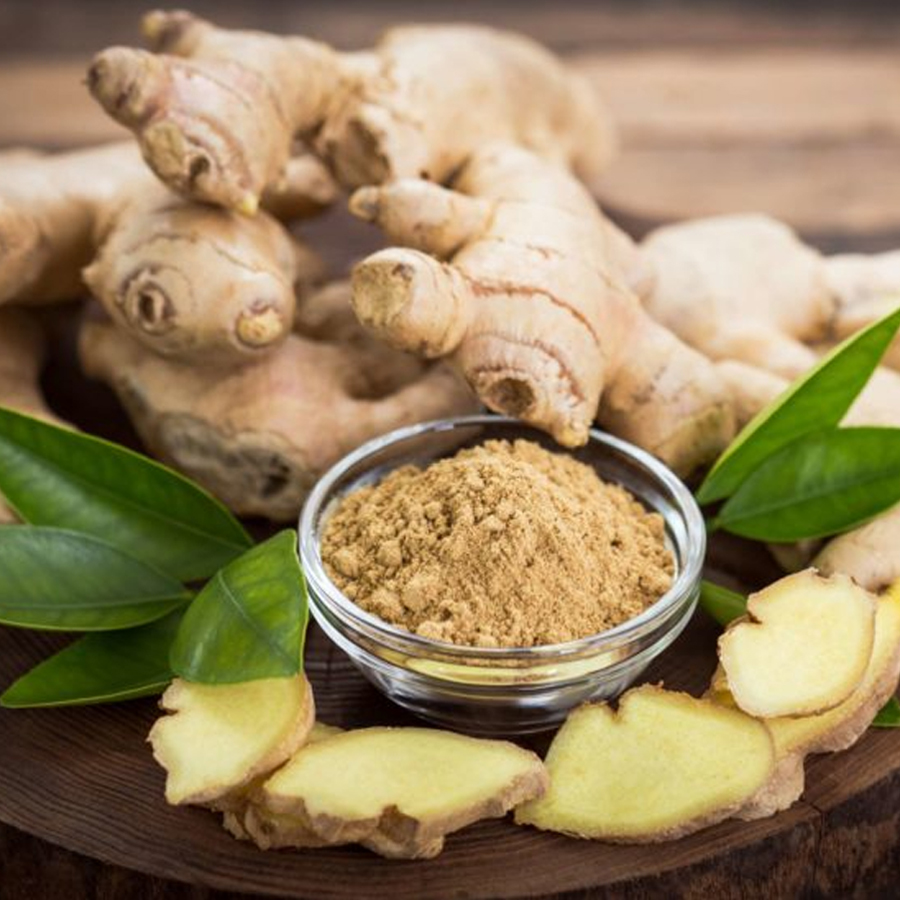Call Us Now(+234) 0905-639-2764
Ginger
Ginger
Ginger has a very long history of use in various forms of traditional and alternative medicine. It’s been used to aid digestion, reduce nausea, and help fight the flu and common cold, to name a few of its purposes.
Ask for Quote The unique fragrance and flavor of ginger come from its natural oils, the most important of which is gingerol.
Gingerol is the main bioactive compound in ginger. It’s responsible for much of ginger’s medicinal properties.
Gingerol has powerful anti-inflammatory and antioxidant effects, according to research. For instance, it may help reduce oxidative stress, which is the result of having an excess amount of free radicals in the body.
Ginger is high in gingerol, a substance with powerful anti-inflammatory and antioxidant properties.
Ginger is a flowering plant that originated in Southeast Asia. It’s among the healthiest (and most delicious) spices on the planet.
It belongs to the Zingiberaceae family, and it’s closely related to turmeric, cardamom, and galangal.
The rhizome (underground part of the stem) is the part commonly used as a spice. It’s often called ginger root or, simply, ginger.
Ginger can be used fresh, dried, powdered, or as an oil or juice. It’s a very common ingredient in recipes. It’s sometimes added to processed foods and cosmetics.
Gingerol is the main bioactive compound in ginger. It’s responsible for much of ginger’s medicinal properties.
Gingerol has powerful anti-inflammatory and antioxidant effects, according to research. For instance, it may help reduce oxidative stress, which is the result of having an excess amount of free radicals in the body.
Ginger is high in gingerol, a substance with powerful anti-inflammatory and antioxidant properties.
Ginger is a flowering plant that originated in Southeast Asia. It’s among the healthiest (and most delicious) spices on the planet.
It belongs to the Zingiberaceae family, and it’s closely related to turmeric, cardamom, and galangal.
The rhizome (underground part of the stem) is the part commonly used as a spice. It’s often called ginger root or, simply, ginger.
Ginger can be used fresh, dried, powdered, or as an oil or juice. It’s a very common ingredient in recipes. It’s sometimes added to processed foods and cosmetics.
| origin | Sudan |
|---|---|
| Inco Terms | FOB |
| Moisture | 81.3% |
| PH | 5.0-5.9 |
| Viscosity | 0.2 to 0.4 cp |


